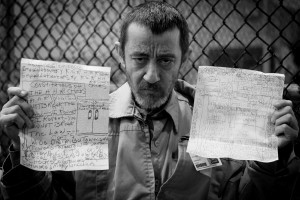By Erica Goode | The New York Times | August 3, 2015
In 1993, Craig Haney, a social psychologist, interviewed a group of inmates in solitary confinement at Pelican Bay State Prison, California’s toughest penal institution.
He was studying the psychological effects of isolation on prisoners, and Pelican Bay was among the first of a new breed of super-maximum-security prisons that states around the country were beginning to build.
Twenty years later, he returned to the prison for another set of interviews. He was startled to find himself facing some of the same prisoners he had met before, inmates who now had spent more than two decades alone in windowless cells.
“It was shocking, frankly,” Dr. Haney said.


 For many, jails are the only place to access mental health care, but once inside, the conditions of prison life may exacerbate mental illness and reduce the likelihood of rehabilitation. Mentally ill people should have access to care in prison, and advocacy for mental health care should extend beyond the concerns of prison conditions.
For many, jails are the only place to access mental health care, but once inside, the conditions of prison life may exacerbate mental illness and reduce the likelihood of rehabilitation. Mentally ill people should have access to care in prison, and advocacy for mental health care should extend beyond the concerns of prison conditions.
